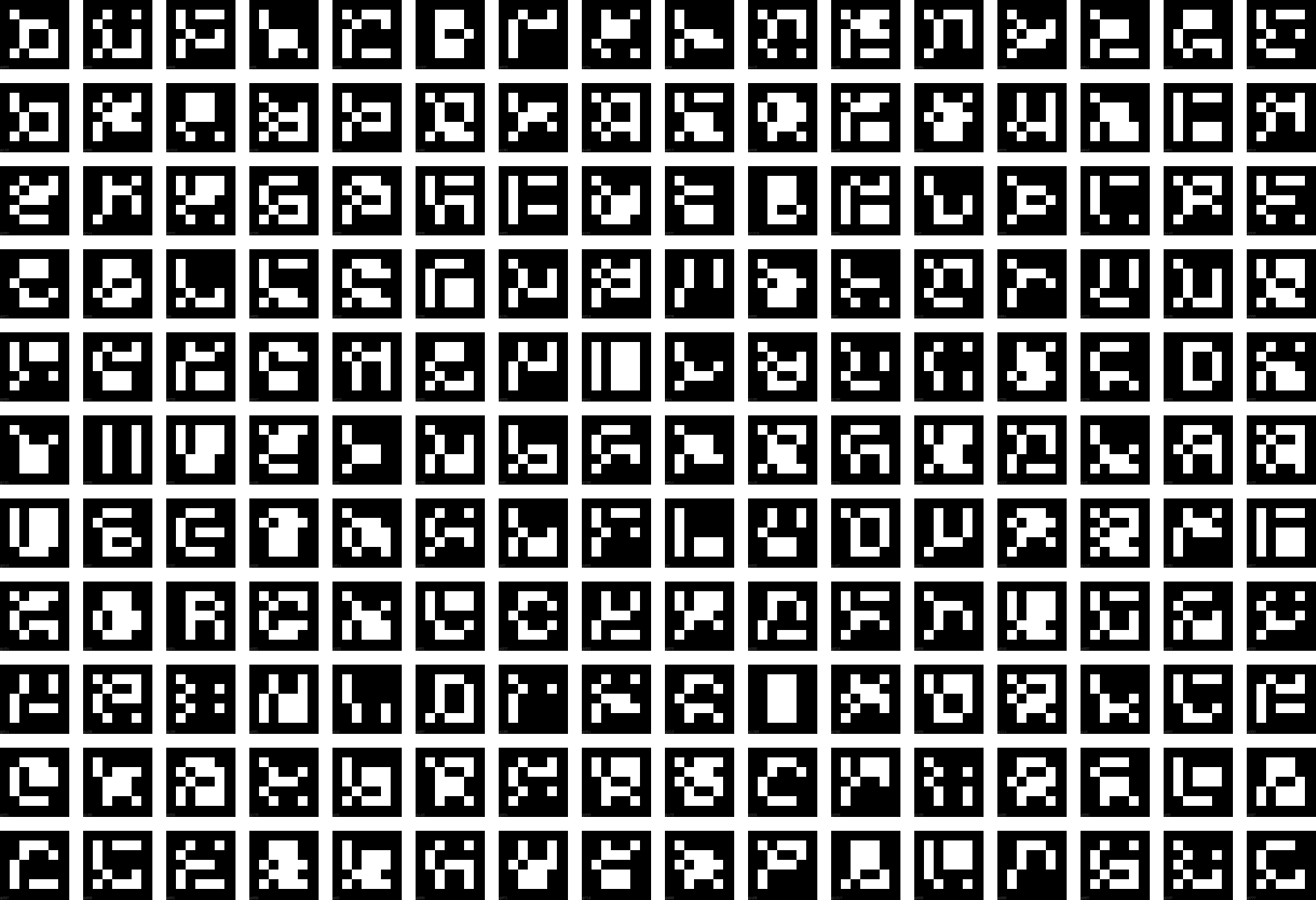Chessboard Pdf Open Cv Github
Fs. Dft Windows Phone Installer Download. release(); // close Settings file For this I've used simple OpenCV class input operation. After reading the file I've an additional post-processing function that checks validity of the input. Only if all inputs are good then goodInput variable will be true. • Get next input, if it fails or we have enough of them - calibrate After this we have a big loop where we do the following operations: get the next image from the image list, camera or video file.
'Chessboard+ArUco for camera calibration. The source code for all platforms can be downloaded from GitHub: zip and tar.gz; Share on Twitter Share on Facebook. Docs Added documentation, Feb 26, 2017. LICENSE Initial commit, Feb 25, 2017. README.md Update README. Amtlib.dll Premiere Cc 2017. md, Feb 26, 2017. Calibration_matrix.xml updated tool, Feb 26, 2017. Calibration_matrix.yml Added YAML file, Mar 8, 2017. Camera_calibration_tool.cpp updated tool, Feb 26, 2017. Chessboard.pdf Add.

If this fails or we have enough images then we run the calibration process. In case of image we step out of the loop and otherwise the remaining frames will be undistorted (if the option is set) via changing from DETECTION mode to the CALIBRATED one. } Depending on the type of the input pattern you use either the or the function. For both of them you pass the current image and the size of the board and you'll get the positions of the patterns. Furthermore, they return a boolean variable which states if the pattern was found in the input (we only need to take into account those images where this is true!). Then again in case of cameras we only take camera images when an input delay time is passed. This is done in order to allow user moving the chessboard around and getting different images.

Similar images result in similar equations, and similar equations at the calibration step will form an ill-posed problem, so the calibration will fail. For square images the positions of the corners are only approximate.
We may improve this by calling the function. It will produce better calibration result. After this we add a valid inputs result to the imagePoints vector to collect all of the equations into a single container. Finally, for visualization feedback purposes we will draw the found points on the input image using function.
} The calibration and save Because the calibration needs to be done only once per camera, it makes sense to save it after a successful calibration. This way later on you can just load these values into your program. Due to this we first make the calibration, and if it succeeds we save the result into an OpenCV style XML or YAML file, depending on the extension you give in the configuration file. Therefore in the first function we just split up these two processes. Because we want to save many of the calibration variables we'll create these variables here and pass on both of them to the calibration and saving function. Again, I'll not show the saving part as that has little in common with the calibration.
Explore the source file in order to find out how and what. Creative Audigy 2 Sb0240 Drivers. } We do the calibration with the help of the function. It has the following parameters: • The object points. This is a vector of Point3f vector that for each input image describes how should the pattern look.